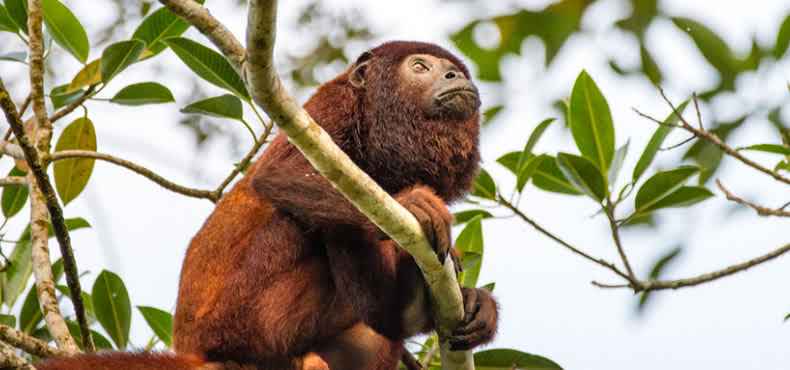AMAZON WILDLIFE - MANU RESERVED ZONE .
VILLA CARMEN BIOLOGICAL STATION
The Villa Carmen Biological Station is located in the foothills of the Andes, where the Amazon grasslands begin, at an elevation of 550 meters in the low valley of the Pini Pini River, which drains water from the Andean buttresses of Manu National Park It is situated at the confluence of the Piñi Piñi and Pilcopata Rivers in Manu- A mazon manu jungle wildlife .
Biosphere Reserve, surrounded by a private reserve with an extension of 3,066 hectares in manu trips . The area is nestled in the reserve and constitutes natural crossroads. At the foot of the Andes mountain range, in the area surrounding Villa Carmen, one finds stil-pristine cloud and rainforests, as well as indigenous Amazonian manu rainforest and Andean cultures.
Villa Carmen, established in 2010, also has 50 kilometers of marked trails, with a gradient of 650 meters in elevation that goes from 550 meters at its lowest point to l,200 meters at the crest of Teparo Punta Hill.
This gradient permits access to several terrestrial habitats, including premontane forest manu jungle, low montane forest, bamboo forests (pacales), and vegetation in primary and secondary succession on riverbanks, areas landslides, and old agricultural areas.
SANTA ROSA DE HUACARIA INDIGENOUS COMMUNITY .
There are three ethnic groups in Santa Rosa deHuacaria: the Machiguenga with the greatest number of members, the Wachipaire, and the
Quechua. This peculiarity of three languages makes it very attractive for national and foreign touristsle amazon manu . Currently, the community measures 6,225 hectares, nearly 60% of which falls within the boundaries of Manu National Park, while also belonging to Manu Biosphere Reserve.
This community is comprised of I9 families and a total of I30 persons who harmoniously coexist with nature manu jungle and are dedicated to hunting, fishing, agriculture, and handicrafts.
The community has a knowledge center for the cultural expression of songs, memories, and forest knowledge and their transmission amongst the residents.
If you wish to spend the night in the community or request other services, you should Communicate in advance with them.
GUADALUPE ECOLOGICAL RESERVE
The Guadalupe Ecological Reserve has a forest within its territory that continues to preserve its most outstanding natural peculiarities due to the fact that it is protected manu jungle by those who are now its owners as well as because it lies very close to the territorial borders of Manu National Park and the indigenous community of Santa Rosa de Huacaria.
As part of the protected space, you can visit a four-hectare flooded forest manu jungle ['aguajal] where you can see more than 50 species of birds, including tanagers, hummingbirds, flycatchers, macaws, parrots, and parakeets.
Camera traps and monitoring have recorded large mammals such as tapirs, peccaries, deer, pumas, nocturnal and howler monkeys, and brown capuchins.
In particular, it is possible here to catch sight of four species of macaws, such as the blue yellow macaw (Ara arauna) and blue-headed macaw (Primolious couloni), the latter a threatened species classified by IUCN as endangered and according to national regulations is in a vulnerable state.
This reserve also has a series of trails for its visitors, one of then takes you to a bat cave in which, in addition to finding these flying mammals, you can see different vermin inhabiting the walls of this cove, something that may be a bit frightening to some people, though is 100% impressive and highly recommended.
It is necessary to contact the owners prior to your arrival in order to fully enjoy this place. You will find very comfortable lodging in the middle of a tranquil forest. manu jungle trips .
DOS LORITOS RESCUE CENTER
Dos Loritos is a rescue center for wild animales. It is a local initiative that was born of the concerns about the loss of diversity among manu jungle wild fauna due to the constant alteration of their habitats resulting from human activities.
The Dos Loritos wildlife jungle trip rescue center primarily houses wild animals that have been found, donated, or rescued, thereby preventing them from being hurt or raised in captivity. Here they can find refuge, food, and rehabilitation in semi free
Conditions, to later be reintroduced into their natural spaces. The Dos Loritos center offers a guided tour on which you can see various species of wild fauna in the process of reintroduction

No hay comentarios:
Publicar un comentario